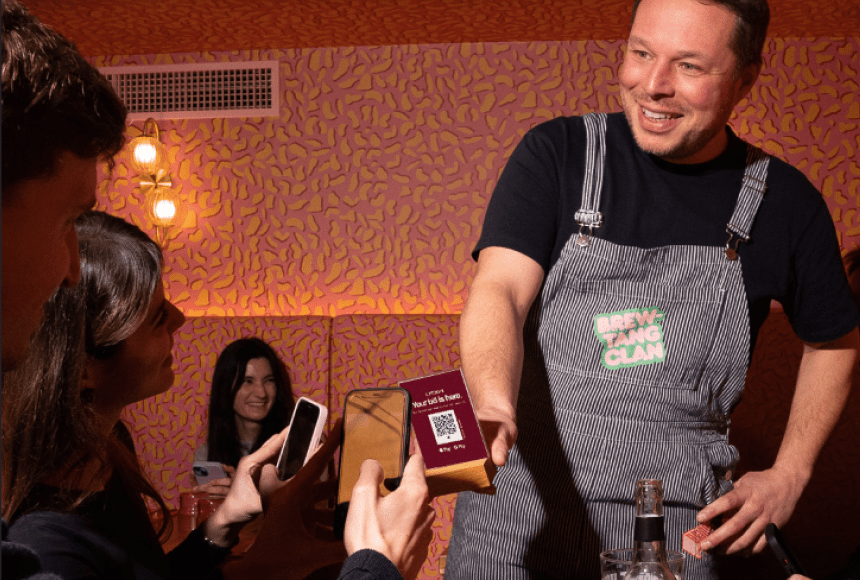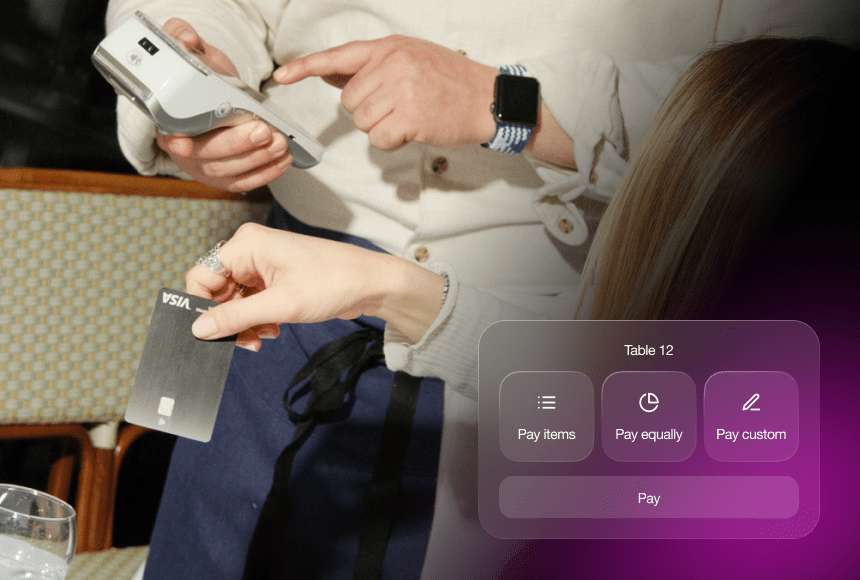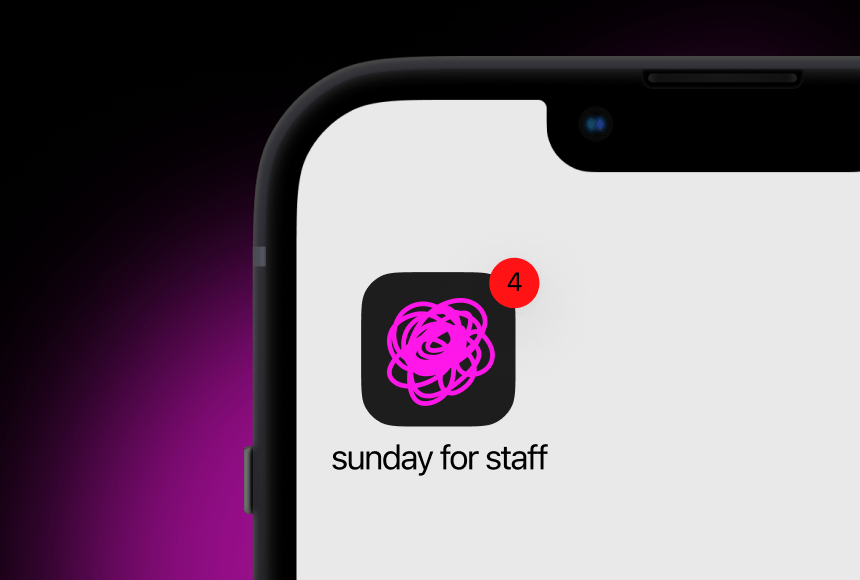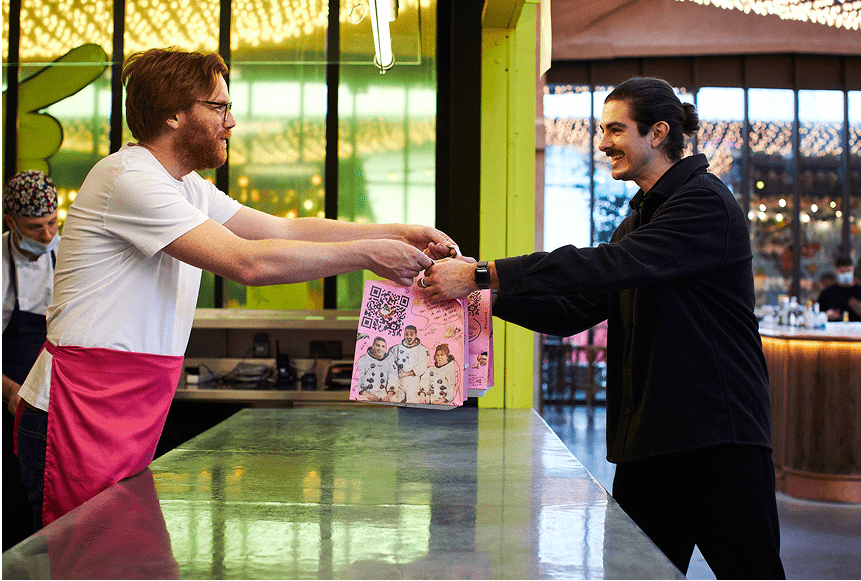
The Subtle Art of Suggesting the Right Tip
Why Digital Tipping Matters in Modern Restaurants
Running a restaurant in the UK today involves more than great cooking and inviting décor. Even impeccable service is rarely enough to stay ahead. Amidst tighter profit margins and high customer expectations, every detail contributes to a memorable dining experience. One crucial detail that can significantly impact both cash flow and staff satisfaction is tipping. As technology evolves, the role of digital tipping is growing—particularly because it meets your customers where they already are: on their smartphones.
In many UK restaurants, you’ll find a preferred tipping method is moving away from spare change or manually keying tips on a payment terminal. Instead, diners increasingly encounter digital tipping formats such as QR codes and card-only solutions. These systems allow guests to quickly settle the bill, leave gratuities in a hassle-free manner, and even add a rating or review online. Because of its user-friendliness, digital tipping also helps your service team collect fair recognition for great work.
But let’s focus on a single digital tipping practice: suggested tip percentages. Do they subtly nudge customers in the right direction—or are they an unwelcome pressure tactic? To better understand this, we need to break down the psychology behind suggested tip amounts and see how diners really respond.
The Psychology Behind Suggested Tip Amounts
People are inherently social creatures. We tend to follow cues, whether they come from our peers, from authority figures, or—as is the case with tipping—from numerical suggestions flashed on a digital screen. When confronted with choices like “Add 10%,” “Add 15%,” or “Other,” diners can feel guided or even nudged into a realm of generosity. This phenomenon has a name: the anchoring effect. According to this principle, our decisions often hinge on the first piece of information we encounter. If one of the first visual anchors is “10%,” that sets a baseline.
For some customers, especially those new to the concept of tipping or uncertain about the local norm, suggested tipping percentages feel convenient and clarifying. They no longer need to do the mental math or wonder if 12.5% is acceptable. For others, a suggested tip can feel manipulative. If they see a higher percentage, they might perceive it as pressure. Conversely, if the suggested tip is too low, diners might question the quality of service from the very start.
The reality is that most people go with the middle-suggested option. In typical setups where options might be 10%, 15%, and 20%, the diner who is consciously considering tipping fairly tends to choose somewhere in the middle (15%). That’s a classic behavioural pattern, suggesting that the anchor points truly shape customer behaviour. But how do these suggested amounts play out in everyday interactions across the UK hospitality scene?
The Dos and Don’ts of Setting Tip Suggestions
If you decide to integrate suggested tip percentages on your digital payment solution, keep some best practices in mind:
- Do research regional norms. In many parts of the UK, 10-12.5% is a common baseline for good service.
- Do provide multiple tip options. Not everyone can afford a high percentage, and some may wish to tip more.
- Do phrase it kindly. Instead of “Select a tip amount,” consider something warm and appreciative such as “Thank you for supporting our team. Would you like to add a tip?”
- Don’t force tips. If it feels obligatory, diners may resent the practice.
- Don’t rely on a single-suggested amount. One-size-fits-all rarely works and can alienate some guests.
- Don’t obscure the ability to leave no tip. Make it clear that tipping is optional, ensuring transparency and trust.
By focusing on a gentle approach and offering logical options, restaurants can benefit from digital tipping without irritating customers. A well-executed digital tipping strategy allows guests to quickly show appreciation to servers while feeling empowered to make the right choice themselves.
Real-World Examples: A Quick Look at Data and Case Studies
Integrating digital tipping doesn’t have to be guesswork. A host of insights are available that highlight how customers respond to suggested tips. According to a 2022 survey by YouGov (see article), about 63% of UK diners consider 10-12% a standard tip for acceptable service. Meanwhile, only 8% regularly tip more than 15%. This means that if you set your highest tip suggestion at 20%, you may be pushing beyond many diners’ comfort thresholds.
Let’s consider an anecdotal example. Picture a quaint bistro in Edinburgh that recently moved to a QR code payment system with integrated tipping. Before digital tipping, they found that around half of customers would leave a modest gratuity—perhaps a few coins rounded up to the nearest pound. After implementing suggested amounts of 10%, 12%, and 15%, the total weekly tip pool increased by nearly 25%. Interestingly, the average tip from each paying customer increased by about 2-3 percentage points. Some longtime regulars mentioned they found the new system convenient, especially after a nice meal with a bit of wine—less mental arithmetic to worry about.
Of course, not everyone is thrilled by suggested tipping. Restaurants that set percentages too high reported pushback. A high-end spot in London once tried 15%, 20%, 25% suggestions, justifying it by their pricey menu. After numerous customer complaints, they reverted to a more modest scale. Their manager explained that while the restaurant wants to compensate staff well, it also doesn’t wish to appear pushy or presumptuous. The moral? Gauging your guests’ comfort zone is key.
How to Ensure Fairness and Transparency
One of the most frequent concerns about digital tipping revolves around the question, “Where exactly does the money go?” Diners typically like to know that tips go directly (or at least primarily) to the front-of-house team or equally shared among all staff. To maintain trust and enhance the experience, it’s wise to address these questions proactively. A short statement in your digital payment platform, such as “Your tip is shared among the entire team,” can go a long way. Better yet, you can be even more specific: “100% of tips go to staff.”
In the UK, where shifts in legislation around service charges and tipping practices periodically surface, clarity is crucial. According to UKHospitality (read more), fostering transparency has a direct effect on brand image and can significantly shape how customers perceive the fairness of your establishment. Whether you fully distribute tips to servers or operate a tronc system for an equal split, communicate it clearly to your guests.
After all, digital tipping sets an immediate tone—the guest sees the suggestion, taps an option, and finalises the payment, often within seconds. In that brief window, it’s easy to include a friendly note about the tip distribution. With that simple confirmation, you assure appreciative diners their gratuity truly intends to reward your hardworking staff.
Putting Digital Tipping into Practice with QR Codes
By now, you might be considering how to implement or refine your tipping approach. QR code-based payment solutions, such as sunday, reduce friction by streamlining the entire guest experience. In a typical scenario, diners simply scan a QR code at their table, see the order summary, select a tip amount, and pay instantly. This eliminates the back-and-forth of waiting for a server to bring a payment terminal, while also reducing confusion about how to add tips.
QR codes are user-friendly, and they fit seamlessly into nearly any restaurant environment. Whether you run a casual café, a busy bistro, or a fine-dining establishment, you can tweak suggested tip percentages in line with your vibe. For instance, a trendy brunch spot might set 8%, 10%, and 12% as suggested amounts. A high-end, full-service eatery might go for 10%, 12.5%, and 15%.
By letting guests pay quickly, you liberate staff from repeated trips between the table and a card machine. Freed-up time can then be spent chatting with customers, polishing up the service experience, or attending to other tables. Plus, when that payment step is smooth and discreet, guests often feel less tension about tipping. Instead of fumbling for cash or awkwardly punching in amounts, they can just tap on their phone, without worry.
Best Practices for Encouraging Generous and Comfortable Tipping
A successful digital tipping setup isn’t just about presenting three percentage options. There’s more nuance involved in creating an environment that feels natural and respectful. Below are practical tips for implementing digital tipping in a way that resonates positively with your clientele:
- Understand your audience: You might have a strong local clientele used to rounding up small amounts. If so, consider modest starting percentages like 5% or 8%. If your restaurant caters to tourists from regions where tipping is higher, plan accordingly.
- Avoid “tip shock”: Don’t let diners see a 25% suggestion if it’s widely above the norm in your city. Instead, align your suggestions with what’s common. Nobody likes feeling ambushed.
- Incorporate staff feedback: Talk with servers, bartenders, and managers about what they perceive as fair. They’re often the first to know if customers feel pressured or confused.
- Set an “other” option: Give diners the freedom to input a custom tip amount or choose no tip. Transparency fosters trust.
- Train your staff: Encourage them to let customers know tipping is voluntary. A warm, genuine phrase such as “Feel free to leave a tip, but there’s no pressure of course!” goes a long way.
- Keep it short and sweet: The digital interface shouldn’t contain paragraphs of text. A simple line about how tips are distributed or appreciated can suffice.
A key takeaway is that the easier you make it for your patrons to reward good service, the more likely they’ll respond positively. If your restaurant consistently delivers a quality experience, digital tipping serves as an effortless way for guests to recognise your team’s efforts.
The Future of Digital Tipping in the UK Hospitality Sector
Fast, contactless payments gained massive momentum during the pandemic, and the habit has stuck with most UK consumers. As part of that shift, digital tipping is becoming the new normal. Indeed, many diners now expect a service experience that extends seamlessly to payment and tipping. As the industry moves forward, restaurant owners should stay mindful of how technology continues to transform customer expectations.
Beyond QR codes, we could see integrated loyalty schemes or automated tip feedback, for instance. Some forward-thinking establishments might grant diners a quick chance to rate their experience and share a Google review right from the payment screen. A positive review is a cherry on top of a generous tip, instantly boosting an establishment’s digital presence.
Soon, we may see more data-driven functionalities. Imagine receiving analytics about tipping behaviour, not just in aggregate but segmented by time of day or type of customer. Such insights can help refine your service model and marketing strategies. Plus, with restaurant owners increasingly aware of fair wage practices, clearer insights into tip distribution help foster a stronger, happier team.
Though it has its complexities, digital tipping is primed to remain a powerful force. Restaurant owners who embrace it early, optimising the user experience and respecting diners’ comfort zones, stand to gain not only financially but also in brand reputation.
Frequently Asked Questions (FAQ)
Do digital tipping platforms charge fees on tips?
Many digital payment solutions do apply standard payment processing fees, though these fees typically do not apply to tips specifically in certain configurations. You’ll want to confirm this with your provider. It’s worth inquiring about how tips are managed and whether there are extra costs.
What if a guest wants to leave cash instead of digital tips?
It remains entirely possible for guests to leave cash if they prefer. Even with digital tipping in place, be prepared to accept both methods. Some guests simply enjoy the tangibility of physical currency, so flexibility is important.
Is there a recommended percentage to start with?
Many UK restaurants suggest 10% as the baseline, aligning with local customs. However, you can provide tiers around that. For instance, 8%, 10%, 12.5% might be a well-balanced range if you’re aiming to accommodate varied budgets and perceptions.
How do I reassure customers their tip goes to staff?
A quick note on your digital interface or menu can clarify your policy, such as “All tips go directly to staff” or “Your tip is shared among the whole team.” This transparency fosters trust and goodwill among diners.
Can I customise the message that appears with the tip options?
Yes. Most digital payment solutions, including those that use QR codes like sunday, let you customise the message. This is a great chance to convey warmth and clarity—“Thank you for dining with us. Your tip helps us continue providing great service.”
Will suggested tipping remain popular if the UK’s tipping culture changes?
Tipping norms do evolve over time, but digital tipping provides the flexibility to adapt. If expectations shift to a higher or lower percentage, you can simply update the suggested amounts in your system. The convenience and clarity of digital tipping are likely to remain appreciated by both staff and diners.
A Final Note on Practical Implementation
Ultimately, digital tipping is about more than collecting extra revenue. It’s an opportunity to show gratitude and reinforce the relationship between guest and staff. By offering a courteous digital payment system—complete with well-chosen tip suggestions—your restaurant demonstrates respect for both your diners’ preferences and your hardworking team.
It’s a delicate dance: you want to encourage tipping, but not make it feel mandatory or intimidating. With a bit of care in presenting suggested amounts, clarity on distribution, and room for personal choice, guests are more likely to embrace digital tipping. If you build trust and show genuine appreciation, you’ll create a warm culture of reciprocity that benefits your entire restaurant.
A Quick Suggested Tip Reference Table
| Service Quality | Common Tip Range (%) | Notes |
|---|---|---|
| Acceptable | 8% – 10% | Often the norm for a quick bite or café service |
| Good (Average UK Standard) | 10% – 12.5% | Widely accepted baseline for typical restaurant service |
| Excellent | 12.5% – 15% | A sign of high satisfaction with food and attentive service |
Every restaurant is unique, and so is every guest. There’s no one-size-fits-all approach to suggested tipping, but applying these principles—from clarity and customisation to staff communication—helps ensure that digital tipping feels less like an awkward nudge and more like a natural extension of warmth and hospitality.
Find out more today
Drop us your details below and we’ll reach out within the next 24
More tips means a better service.
3X more tips mean 3X better guest-experience, and 3X better staff-retention.




